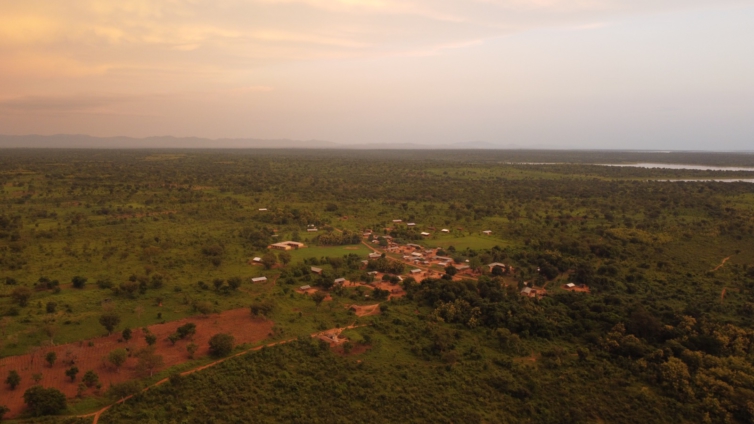4.1 million hectares of primary tropical forest were lost worldwide in 2022, an area the size of Switzerland, which is comparable to the loss of 11 football fields per minute.
This is according to the World Resources Institute (WRI), in its recent research released on June 27, 2023. It said that, the Congo, the world's second-largest rainforest after the Amazon, is continuing to vanish, with half a million hectares (mha) lost in 2022.
The rainforest is found in six African countries: Cameroon, Central African Republic, Republic of Congo, Democratic Republic of Congo (DRC), Equatorial Guinea, and Gabon. The DRC contains 60% of the world's forest.
The report released by the World Resources Institute (WRI) and the University of Maryland on Global Forest Watch (GFW), an open-source web application that monitors global forests in near real-time said, the DRC lost over 500,000 hectares in 2022 adding that, the rate of primary forest loss in the DRC is continuously high.
Brazil accounted for 43% of total tropical primary forest loss, with 1.8 million hectares lost, followed by the Democratic Republic of the Congo (12.1%) and Bolivia.
According to the GFW, natural forest degradation produced 2.7 billion tonnes of CO2 — out of the 43 billion tonnes emitted globally each year.
Primary forests are forests of natural tree species with no plainly obvious signs of human activity. These provide a variety of ecological services but are under constant attack.
According to the report, the majority of primary forest loss occurs due to small clearings near cyclical agricultural areas. Cyclical agricultural areas are defined as land that has been cleared for short-term crop cultivation and then left fallow to allow forests and soil nutrients to rebuild.
The Democratic Republic of the Congo has one of the world's highest population growth rates — 3.19 percent — and the consequent rise in food demand has resulted in shorter fallow seasons and the development of agriculture into primary forest.
Latest Stories
-
Debt restructuring programme was poorly structured – Finance Minister Ato Forson says
3 hours -
Mahama appoints fresh batch of ambassadors to key global capitals
3 hours -
Isak wants to explore move away from Newcastle
4 hours -
Benin names Spike Lee and wife ambassadors for African-Americans in the US
4 hours -
Trade deal on US tariffs within reach, says EU, as 1 August deadline nears
4 hours -
Trump bickers with Powell over Fed renovation costs
4 hours -
‘We will not default’ – Ato Forson assures bondholders as GH¢20bn DDEP payment plan unfolds
4 hours -
Take time to get VAT reforms right before scrapping COVID-19 levy – Prof. Asuming
5 hours -
France will recognise Palestinian state, Macron says
5 hours -
Foreign Affairs Ministry denies issuing Ghanaian passports to non-citizens
6 hours -
Uganda to host Asia/Africa play-off for 2027 Rugby World Cup
6 hours -
Landslide destroys farmlands and livelihoods in Santrokofi, sparks famine fears
6 hours -
UHAS Dean urges strategic role for laboratory managers in 24-hour health system reform
6 hours -
Society of Medical Laboratory Managers chair calls for inclusion in core health management
6 hours -
Mahama promises to renovate Atta Mills Presidential Library
6 hours

